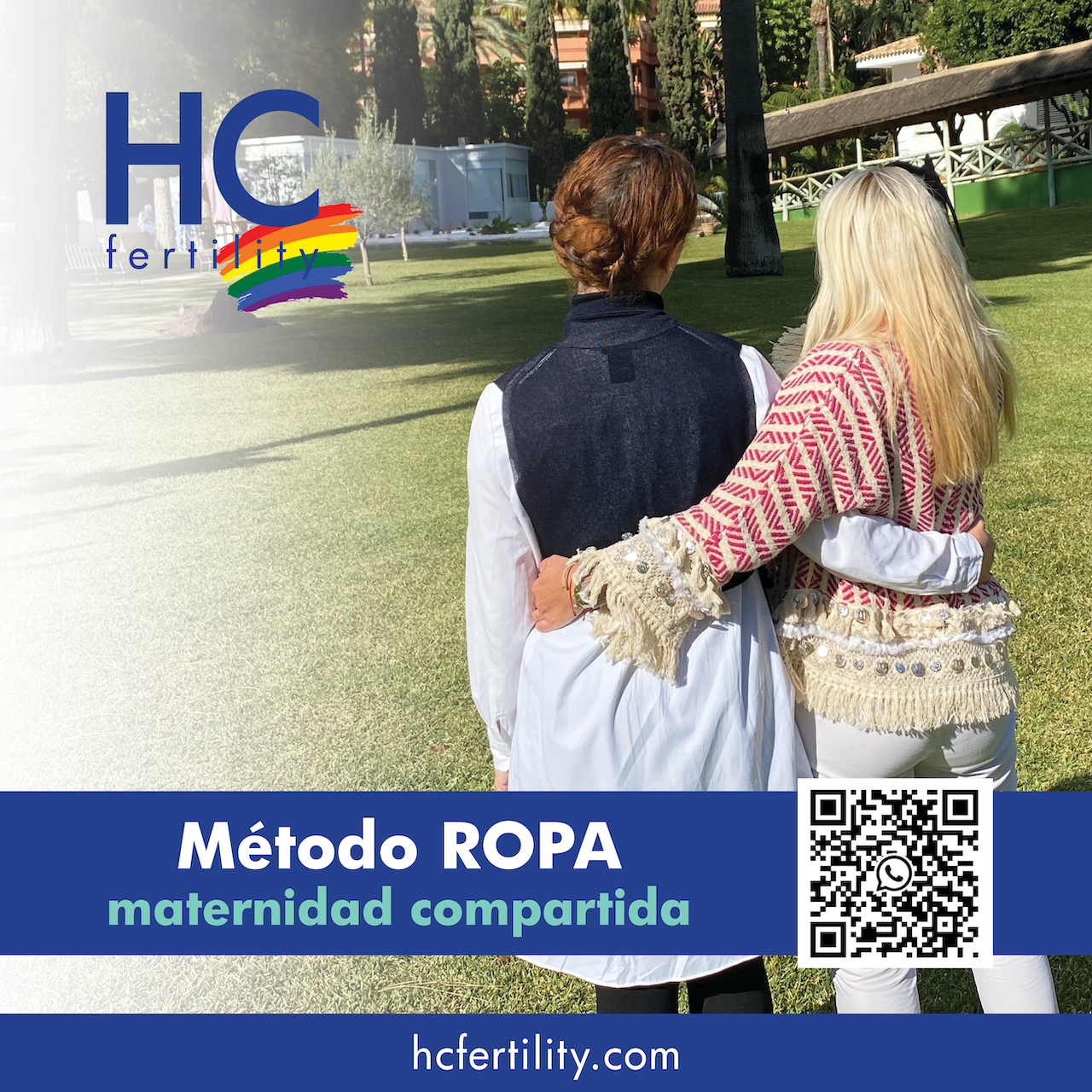28 June, 2022
Another option in same-sex couples

28 de junio, día mundial del orgullo LGTBI
Couples made up of two women have the option of having children thanks to assisted reproduction tecnology (ART).
intrauterine insemination with donor sperm (IUI-D)

The first ART treatment that is usually performed is intrauterine insemination with donor sperm (IUI-D) to one of the women. The one who decides to get pregnant. This technique is recommended in cases where the patient does not present apparent fertility problems, such as obstruction of the fallopian tubes. Pregnancy rates are usually around 20% at HC Fertility.
Conventional in vitro fertilisation (IVF) or Intracytoplasmic Sperm injection (ICSI)

The second treatment that is usually performed when IUI doesn´t work or when it is not possible to do it, is conventional in vitro fertilisation (IVF) or Intracytoplasmic Sperm injection (ICSI). At HC Fertility the success rates of this technique increase to 50% in the first transfer.
Let's fight for equality in the affiliation of the children born

For the first two options, it is not necessary for the couple to be married, to undergo the treatment, both will simply have to sign all the appropriate consents for the procedure. But for the woman who does not undergo the treatment would have to get married with the mother who give birth the baby before the this happens or adopt the newborn to appear as the mother in the Registro Civil. This information can be found in the article 7.3 of the ART Law 14/2006:
“Cuando la mujer estuviere casada y no separada legalmente o de hecho, con otra mujer, esta última podrá manifestar ante el Encargado del Registro Civil del domicilio conyugal, que consiente en que cuando nazca el hijo de su cónyuge, se determine a su favor la filiación respecto del nacido”.
When the woman is married and not separated or divorced, with another woman, she may declare to the Civil Registry, that she consents to be the mother of hers wife´s child when this will be born.




Mercedes Molina
Embryologist HC Fertility
ROPA (egg share between the couple)

The third treatment that can be performed is the method known as ROPA (egg share between the couple). This treatment is for couples of women who wish to participate (both of them) in the process of embryo generation and pregnancy. This is achieved because one of the women will be the egg provider and the other the woman who will carry the pregnancy.
From a biological point of view, it is very important to take into account which woman will be the one to provide the eggs and which will be the one who will carry the pregnancy, since age, oocyte quality and to have a normal uterine cavity, will be very important for getting the best chance of success.
From a legal point of view, it is necessary for women who wish to perform this type of technique to be wedded. Only the marriage would be valid.

We should all have the same rights, the right to register your babies, without the need for marriage.
Tratamientos en el método ROPA

This method will have two types of treatments, the ovarian stimulation for the patient who will provide the oocytes and the endometrial preparation for the recipient of the embryos.
The patient who will provide the eggs will have to undergo ovarian stimulation with theadministration of hormones and ultrasound scans, which will end with the oocyte retrieval. Thanks to this procedure, it may be possible to obtained a good number of oocytes that will be inseminated by IVF or ICSI, with previously washed and selected donor sperm, for the creation of embryos. These embryos can be transferred in a fresh or in a frozen cycle.
The patient who will gestate the embryo/embryos will need to prepare her endometrium by administering mild medication (estrogens and progesterone), to be receptive for embryo implantation. This procedure can be synchronized with the partner´s cycle to have the embryo transfer 5 days after the egg collection. If this is not possible or desired, the embryos can be frozen to be transferred at the most suitable time for the recipient.
Thanks to the ROPA method, both women will be biologically involved in the pregnancy. The egg provider will be the genetic mother, because she contributes to create the embryos with her genetic material (DNA) and the other will be in carrying the pregnancy, childbirth and breastfeeding, although there will also be some genetic exchange between the baby and the gestational mother during the pregnancy.
At HC Fertility we are at your service to go along with you in this dream and make it come true. You have our full support!

Back to blog
In other news

1 June, 2020
JUNE IS THE MONTH OF FERTILITY. CAN INFERTILITY BE PREVENTED?
June is World Infertility Awareness Month, dedicated to all those couples who have problems in conce...
[Continue reading ]7 April, 2016
New technique of spermatic Verification
Our laboratory Director of HC Fertility, María José Figueroa embryologist, attended on the 4th a...
[Continue reading ]


